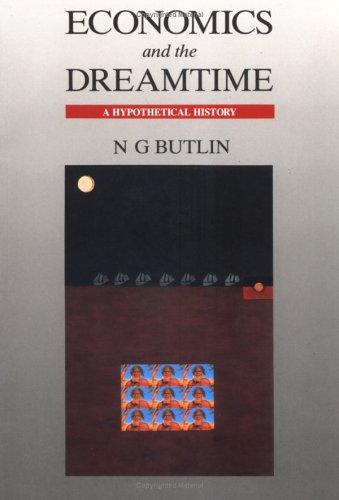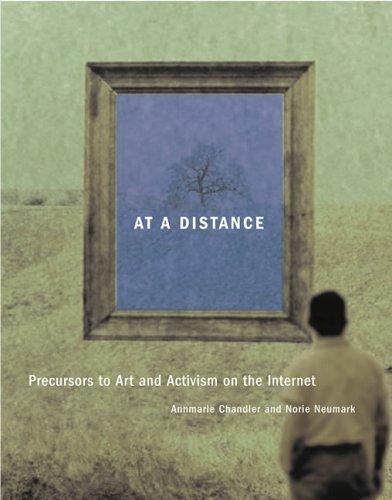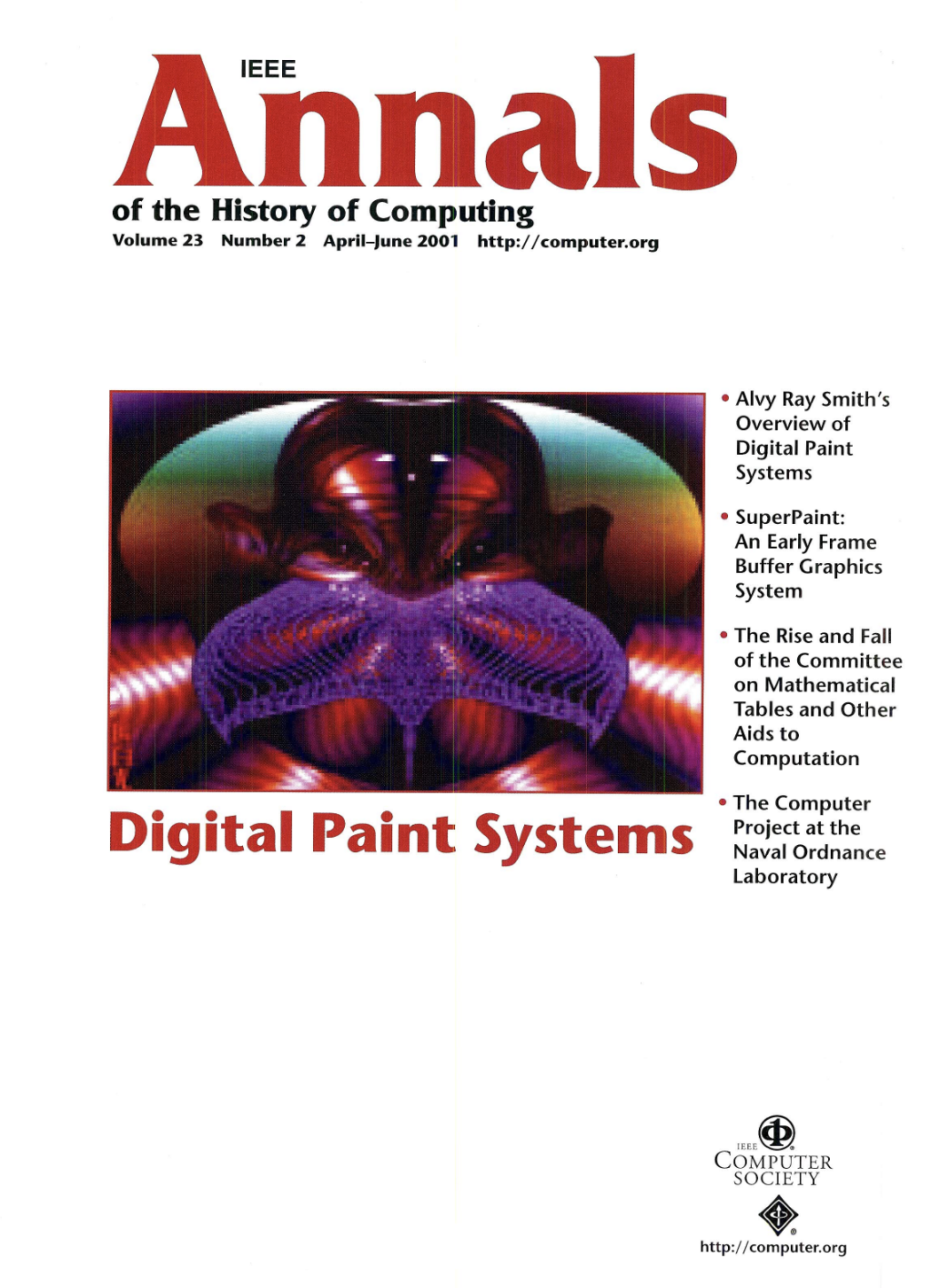found this on an chinese book selling website and the name looked interesting product.dangdang.com/1100319008.html
User Profile
mainly active at @liaizon@wake.st on the fediverse my www is wake.st
This link opens in a pop-up window
wakest's books
User Activity
RSS feed Back
wakest wants to read Economics and the Dreamtime by Noel George Butlin
wakest started reading At a Distance by Norie Neumark
wakest started reading IEEE Annals of the History of Computing - Digital Paint Systems (IEEE Annals of the History of Computing)
I stumbled across this and started reading it and there is some fascinating history here social.wake.st/@liaizon/114966622014163242
wakest wants to read Where to go, what do do, when you are Bern Porter by James Erwin Schevill
Dante Readline reviewed Bolo'bolo by Hans Widmer (Foreign agents series)
My problematic fav
5 stars
I read this book about 12 years ago and it was definitely a Moment for me, but even the first time through I cringed a little. Each subsequent visit my spine curves in reaction a little more but I still think there's something magical in the core. Maybe call this anarchist fantasy writing?
Every radical political text has to name it's antagonist. Anticivies talk about the earth wrecker or whatever, marxists have ideology or the logic of capital. bolo has one of my favorites: The Planetary Work Machine. If you want to attack our current problem you should stab at the idea of working, of necessary work, of endless improvement on the treadmill of progress that never lets you actually enjoy what you're doing. Attack the idea of working hard now to make the world better for the next generation of children, indeed "we are already those children". bolo …
I read this book about 12 years ago and it was definitely a Moment for me, but even the first time through I cringed a little. Each subsequent visit my spine curves in reaction a little more but I still think there's something magical in the core. Maybe call this anarchist fantasy writing?
Every radical political text has to name it's antagonist. Anticivies talk about the earth wrecker or whatever, marxists have ideology or the logic of capital. bolo has one of my favorites: The Planetary Work Machine. If you want to attack our current problem you should stab at the idea of working, of necessary work, of endless improvement on the treadmill of progress that never lets you actually enjoy what you're doing. Attack the idea of working hard now to make the world better for the next generation of children, indeed "we are already those children". bolo is at it's best when it lets you laugh at the absurdity of our little economic arrangement, when you can wake the next morning from the madness of yesterday. The book even starts with us having "A big hangover".
For me the best parts of bolo are something I would consider near spoilers. Not that it would ruin a narrative curve, but more that encountering silly yet tangible ideas at the right pace has a different effect when you read for yourself. Learn the language, learn what's provided for you at the bolo, learn what you can do in that world that you can't do here. Bored at your home? Go walk across the planet for six months through 'fasi'! Frustrated with your neighbor? Challenge them to 'yaka'! Want to quit the game? Open the 'nugo' and swallow your pill.
The downside with bolo is it's written in the 80s by a Swiss guy. There's several dumbass lines given to praising what amounts to magical "3rd-worlders" and other sorts of eyeroll-worthy colonial mindset bullshit. There's a ton of attempts to weave together the three worlds of the coldwar era into a kind of resistant network, but I don't think much of what he proposed was realistic then and certainly doesn't vibe now. This also is where the book most attempts realism relating to the european squatting movement as some kinda vanguard, not realizing the razor thin category of exception that stuff was happening in. This is (un)fortunately mostly limited to the beginning parts of the book, before he expands into fantasy and philosophy.
Maybe the problem in the end with bolo is that it's not silly enough, that it claims some relevance to current politics and traps itself in being realistic. And maybe that's the test for people who aren't yet sold on our anti-state game: Do you consider it unrealistic to imagine radically different futures, or do you consider it unrealistic to continue on as we have?
wakest wants to read Fascist Yoga by Stewart Home
the follow flow on PeerTube is totally confusing and really needs work. While on an un-logged-in instance the "Subscribe to all channels" button only has the option to follow with "Subscribe with an account on this instance" but then further down if you click on an individual channel listed on the account page it gives you a remote follow option.
wakest wants to read Shanzhai by Byung-Chul Han
this looks really good, I wanna read it mitpress.mit.edu/9780262534369/shanzhai/
wakest commented on The Real World of Technology by Ursula M. Franklin (CBC Massey Lectures)
@monoskop@post.lurk.org has a full pdf up here which I want to reread since I only listened to the original live recording of this lecture.
monoskop.org/images/5/58/Franklin_Ursula_The_Real_World_of_Technology_1990.pdf #PDF
wakest wants to read Nonbinary by Genesis P-Orridge
just came across this mentioned in www.youtube.com/watch?v=BEIolrxKr-s and now want to read it!
wakest commented on Capitalist Realism by Mark Fisher
Rosh was telling me how Mark Fisher is one of Adam Curtis's main references, made me want to read this again...
Rosh was telling me how Mark Fisher is one of Adam Curtis's main references, made me want to read this again...
wakest wants to read Pirate Enlightenment, or the Real Libertalia by David Graeber
thanks to @jalcine@todon.eu for posting about it, def on the top of my list now
wakest commented on Mondothèque: A Radiated Book by Alexia De Visscher
ok I just read the whole piece titled "A bag but is language nothing of words" which was really good. I will definitely read more of this book!
ok I just read the whole piece titled "A bag but is language nothing of words" which was really good. I will definitely read more of this book!





















